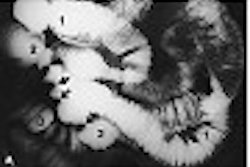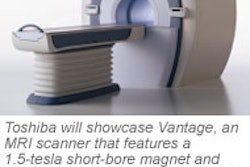A couple of months ago, two Canadian government agencies announced that they would fund a $1.2 million project at Alberta’s University of Calgary for the development of a low-field, high-performance MRI system. Their goal is to "build a lower-cost system than currently exists, ultimately making MRI technology more accessible and affordable for patients."
Dear MRI Insider,
A couple of months ago, two Canadian government agencies announced that they would fund a $1.2 million project at Alberta’s University of Calgary for the development of a low-field, high-performance MRI system. Their goal is to "build a lower-cost system than currently exists, ultimately making MRI technology more accessible and affordable for patients."
Therein lies a key challenge facing the MR community: MR is one of the most progressive imaging modalities, with rapidly emerging new technology that makes the modality less invasive and less claustrophobic, and produces better images in a shorter period of time. But it remains an expensive exam, and, at this time, is not always readily available. Could low-field MR be the solution?
Researchers from the U.S. and abroad tackled this question, focusing on low-field MR for musculoskeletal imaging. The results are mixed. In one paper, Japanese researchers sang the praises of the modality for determining the extent of prosthetic loosening after hip arthroplasty.
In another study, a group from the Netherlands found that low-field MR had value for assessing knee trauma -- from a quality of life and cost standpoint -- but fell short in the wrist and ankle. In a third study, radiologists from Florida did not find low-field MR nearly as potent as high-field MR for tracking tendon tears in the shoulder. To read more, click here.
If you haven’t done so already, check in with the MRI Digital Community for news from the 2003 RSNA meeting. You’ll find an article on MR spectroscopy for fine-tuning the progression of multiple sclerosis. There’s also a study on how much gadolinium is retained by human bone after imaging. A U.K. group shared its experience with a three-minute stroke protocol. Finally, breast imaging experts from Austria and Italy continued to tout MR screening for women with a genetic predisposition to breast cancer.



.fFmgij6Hin.png?auto=compress%2Cformat&fit=crop&h=100&q=70&w=100)




.fFmgij6Hin.png?auto=compress%2Cformat&fit=crop&h=167&q=70&w=250)











